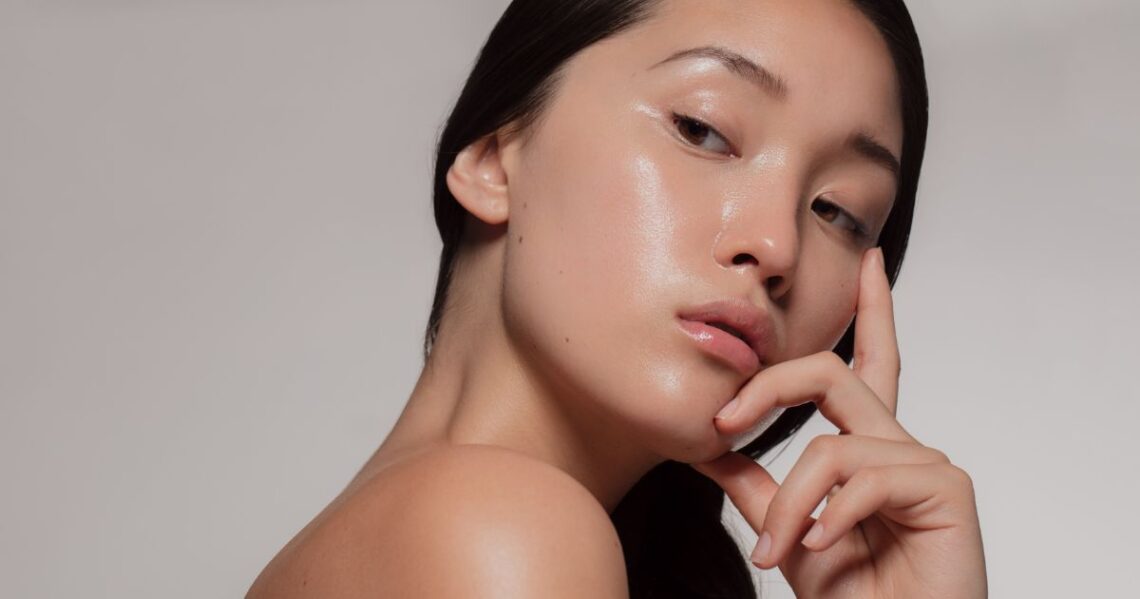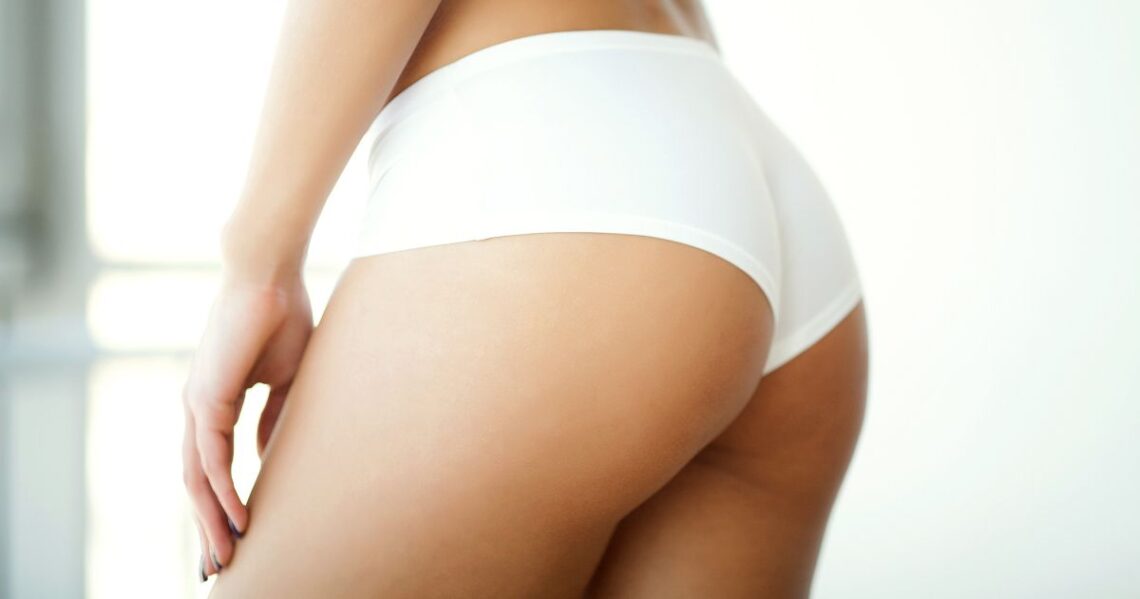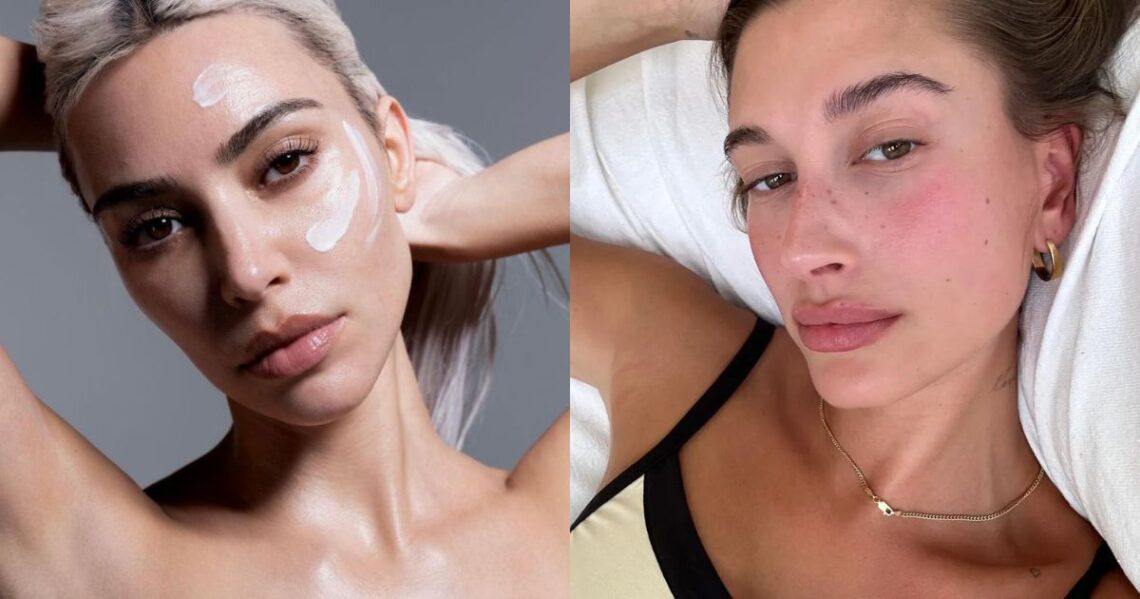The sun is often associated with summer, vacation, and long days at the beach. However, the sun should also be associated with sunburn, premature aging, and skin cancer. This does not on the other hand mean that you cannot enjoy a day in the sun. There are ways to prevent the negative consequences of the sun, whilst still be out and enjoying yourself. Protecting your skin from the sun, means protecting it from UV radiation. This involves a combination of strategies that help reduce the risk of skin damage.
This article defines the ultraviolet radiation and the UV index. It includes the most common consequences of the UV radiation. In addition to this, it gives guidance on the protective measurements you should make against the UV radiation.
What is Ultraviolet (UV) Radiation?
The ultraviolet radiation is a type of electromagnetic radiation that comes from the sun, and other sources such as tanning beds and a certain type of lamp. UV radiation has both positive and negative consequences. In small amounts, UV radiation helps with the production of vitamin D in the skin, which is important for bone health and the immune system. Over- and unprotected exposure to UV radiation on the other hand, can lead to skin damage, sunburn, premature aging, eye damage, and an increased risk of skin cancer.
The UV index is a measurement that indicates the strength of UV radiation at a particular location and time. It provides valuable information about the potential harm posed by the sun’s rays. The index is typically reported on a scale from 0 to 11+, with higher values indicating greater UV intensity. It is essential to pay attention to the UV index as it will help you take the appropriate measures to protect your skin.
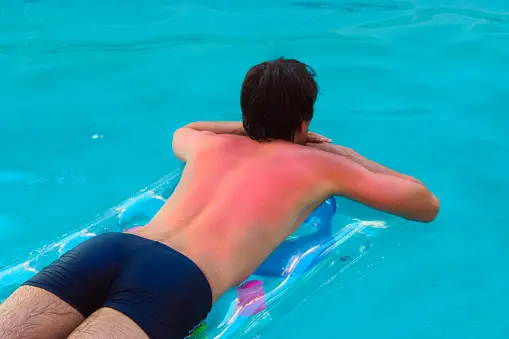
The negative consequences of the UV radiation
As previously mentioned, some of the negative consequences of over- and unprotected exposure to the sun and the UV radiation include:
- Sunburn: which is a common skin condition caused by overexposure to UV radiation. Symptoms of sunburn include redness, inflammation, pain, and tenderness. In severe cases, sunburn can lead to blistering and peeling of the skin. Sunburn not only causes immediate discomfort but also increases the risk of long-term skin damage and skin cancer.
- Premature aging: is another consequence of excessive UV exposure. Chronic sun exposure can accelerate the aging process, leading to wrinkles, fine lines, uneven skin tone, and texture. Over time, the skin may develop age spots and hyperpigmentation due to UV-induced melanin production. Protecting the skin from UV radiation is essential for maintaining youthful and healthy-looking skin.
- Skin cancer: which is caused by the sun and UV radiation damaging the DNA in the skin cells. This leads to uncontrolled cell growth and can result in different types of skin cancer.
Protective measurements against UV radiation
Understanding the risks of UV radiation and taking the right precautions is going to help reduce the risk of its negative consequences. There are multiple measures you can take to protect yourself against the UV radiation. Some of these measures include:
Wearing sunscreen
By wearing sunscreen on your face and body, you will be protected by the UV radiation. It blocks or alters the path of UV rays. It is important to remember that sunscreen must be applied properly, and reapplied every two hour or after swimming or sweating to maintain effective protection.
Protective clothing
Protective clothing works as a physical barrier against the sun. It helps shield the skin from direct UV radiation through its fabrics. If you have a sunburn, wearing clothes over that certain area is very important before exposure to the sun to make sure it heals faster, and does not get worse.
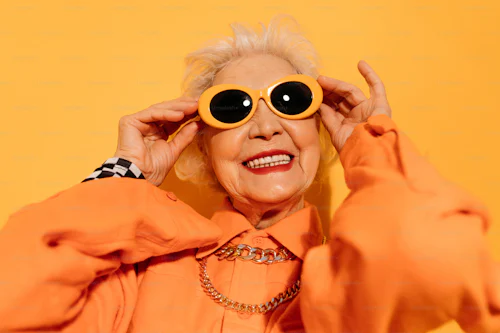
Wearing sunglasses
By wearing sunglasses, you help block out harmful rays and prevent them from reaching and damaging your eyes, and the skin around them. It helps protect your vision and overall eye health. It is important to ensure maximum protection when choosing your sunglasses. You should aim for the ones labelled with UV400 or 100% protection against UV radiation.
Seeking shade when the UV index is really high
Seeking shade when the UV index is high, helps protect your skin against UV radiation by reducing direct exposure to the sun. Shaded areas blocks a significant portion of direct UV rays from reaching your skin. It also prevents you from overheating and therefore reduces the likelihood of heat-related illness.
The best way to make sure you are protecting your skin against the dangers of UV radiation, is to combine these strategies.
While it is important to protect yourself from the UV radiation of the sun, it is also worth mentioning that moderate sun exposure also has several positive effects on your health and well being. Some of the benefits of being in the sun include:
- Helps with the vitamin D production
This is essential for bone health and your immune system
- Enhance your mood
Exposure to sunlight boost your serotonin levels, and mitigates the effect of seasonal affective disorder
- Improved sleep
Exposure to sunlight can help promote better sleep patterns and help you fall asleep faster at night
- Good for your heart health
Some studies suggest that exposure to sunlight can help lower your blood pressure
- It promotes physical activity
It encourages outdoor activity which contributes to overall physical fitness and well-being
Understanding the consequences of the UV radiation such as sunburn, premature aging, and skin cancer is extremely important. You should always protect yourself from these consequences by using sunscreen, wear protective clothing in certain circumstances, seek shade at times, and get your skin checked by professionals regularly. If you implement these stages when being out in the sun, the risks will decrease drastically. And you can go and enjoy your day in the sun.


